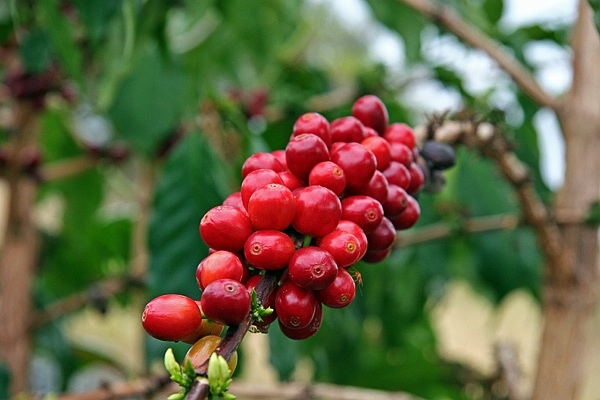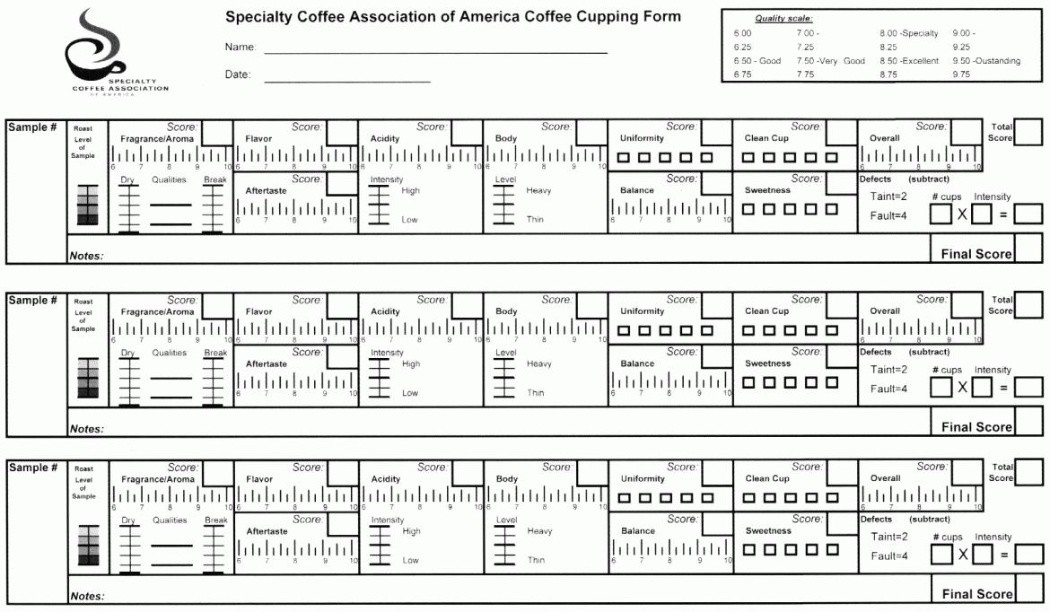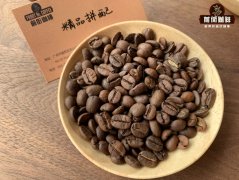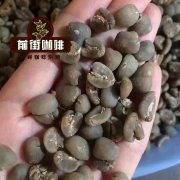The definition of Fine Coffee and its similarities and differences with individual Coffee beans American Fine Coffee Association Standard
[boutique coffee]
Boutique coffee is the term for the highest grade coffee available, usually related to the entire supply chain, using single-origin or single-farm coffee. The term was first used by Erna Knutsen in the Journal of Tea and Coffee Trade in 1974. Knutsen uses boutique coffee to describe the best flavor coffee beans produced in a special microclimate.

The reason why boutique coffee continues to exist is that people always make quality a top priority in their life's work. In the life cycle of coffee beans, this is not just one person's job; professionalism can only emerge when all those involved in the coffee value chain work in harmony and maintain a keen focus on standards and excellence from beginning to end. This is not an easy task, but because of these dedicated professionals, there are many specialty coffees available around the world and may be right next to you.

American Fine Coffee Association Standard:
1. Dried aroma (Fragrance). The so-called dry aroma refers to the aroma of roasted or ground coffee.
two。 Wet aroma (Aroma). Wet aroma refers to the aroma of coffee extract.
3. Acidity (Acidity). It refers to the sour taste of coffee, the combination of rich sour taste and sugar can increase the sweet taste of coffee liquid.
4. Alcohol thickness (Body). It refers to the concentration and weight of the coffee liquid.
5. Yu Yun (Aftertaste). It refers to the afterrhyme of coffee, which is evaluated according to the flavor after drinking or spitting.
6. Taste (Flavor). Refers to the taste, the upper palate to feel the aroma and taste of coffee, to understand the taste of coffee.
7. balance. Refers to the degree of balance and combination between the various flavors of coffee.
Evaluation criteria for producing countries:
1. A variety of fine coffee. It is better to use the inherent variety of Arabica, Ironka or bourbon.
two。 Is the altitude, topography, climate, soil and refinement of the cultivated land or farm clear? Generally speaking, the coffee with high altitude is of higher quality, and the fertile volcanic soil is the best.
3. The harvesting method and refining method are adopted. Generally speaking, it is better to adopt manual harvesting method and water washing refining method.
[single VS boutique]
Blended coffee refers to a random combination of coffee beans from different producing areas. There is no difference in coffee quality between blended beans. Boutique coffee beans are not equal to individual coffee beans. A variety of high-quality coffee beans mixed to build the "formula beans", the root shows a multi-level rich flavor, as long as the coffee flavor taste is outstanding can be called the existence of high-quality products. The opposite of fine coffee is commercial coffee beans, but there is no conflict between the two. The difference is that the production chain of coffee has little to do with the quality of coffee and the source of raw beans.
Important Notice :
前街咖啡 FrontStreet Coffee has moved to new addredd:
FrontStreet Coffee Address: 315,Donghua East Road,GuangZhou
Tel:020 38364473
- Prev

The difference between individual Coffee and mixed Coffee the reason for blending Coffee and how to drink it
Friends who are new to coffee may not know the difference between individual coffee and blended coffee. Wonder why espresso likes to use mixed beans. Blending beans, as the name implies, refers to the mixing of two or more kinds of coffee beans, and the processed coffee beans are blended beans. Mixed beans are usually blended according to the following four purposes: 1. Long-term stable supply of beans: general coffee
- Next

Introduction to the characteristics and stories of Arabica bourbon and common bourbon varieties
I believe that many friends will marvel at the huge system of growing coffee beans when they first come into contact with coffee. Like Kaddura, a common coffee bean in Latin American coffee producing areas, it is naturally mutated from a bourbon variety, so what other varieties of bourbon coffee? With this doubt, please follow the editor into today's coffee knowledge popularization, Jane of the bourbon family and his mutant family.
Related
- Detailed explanation of Jadeite planting Land in Panamanian Jadeite Manor introduction to the grading system of Jadeite competitive bidding, Red bid, Green bid and Rose Summer
- Story of Coffee planting in Brenka region of Costa Rica Stonehenge Manor anaerobic heavy honey treatment of flavor mouth
- What's on the barrel of Blue Mountain Coffee beans?
- Can American coffee also pull flowers? How to use hot American style to pull out a good-looking pattern?
- Can you make a cold extract with coffee beans? What is the right proportion for cold-extracted coffee formula?
- Indonesian PWN Gold Mandrine Coffee Origin Features Flavor How to Chong? Mandolin coffee is American.
- A brief introduction to the flavor characteristics of Brazilian yellow bourbon coffee beans
- What is the effect of different water quality on the flavor of cold-extracted coffee? What kind of water is best for brewing coffee?
- Why do you think of Rose Summer whenever you mention Panamanian coffee?
- Introduction to the characteristics of authentic blue mountain coffee bean producing areas? What is the CIB Coffee Authority in Jamaica?

